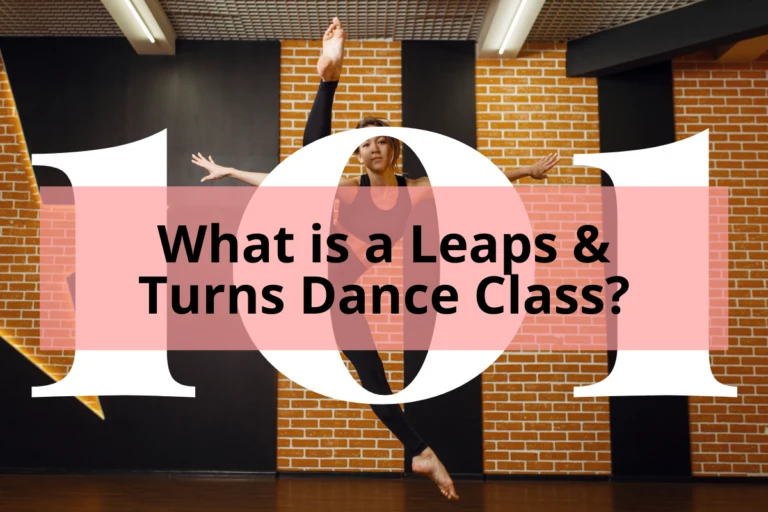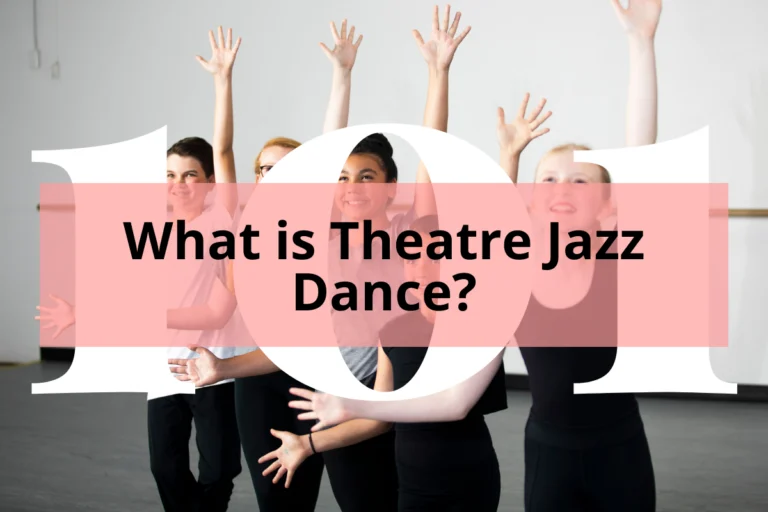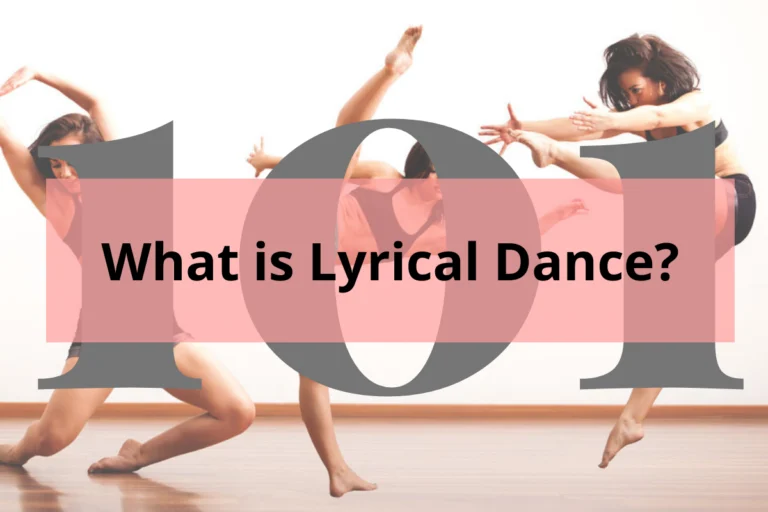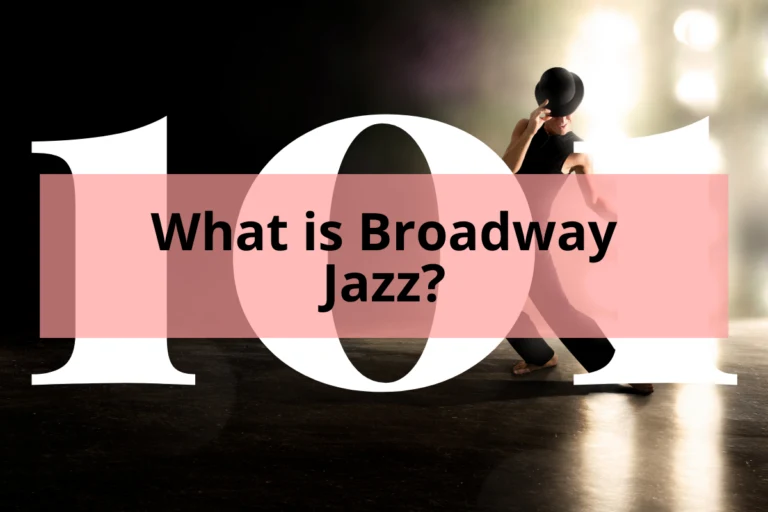By Danielle Pierce-Master, MA Dance / Edited by Samantha Bellerose, B.Ed, Dip.Dance(Performing Arts)
Jazz is a style of dance that today can be identified with signature moves such as fan kicks, isolations, body rolls and dynamic jumps. But Jazz dance is actually rooted in vernacular dance out of west Africa and has been appropriated and adapted over time.
In our article Jazz Dance History & Timeline – What you need to know! We simply explain the basic history of jazz dance. But Jazz dance began as people began to move their bodies to jazz music. Who exactly are those people, who are the important people in history that brought Jazz dance to life?

Read on as I write about 21 people who were integral in the development of the style of jazz dance as we know and love it today!
1. William Henry Lane
William Henry Lane, (1825-1852) also known as “Master Juba,” was a star in American minstrel shows. Born in Rhode Island, he lived in New York City, where he was exposed to both African American and Irish dance traditions. His synthesis of the two cultures earned him the title of “Father of Tap Dance.”
2. Josephine Baker
Josephine Baker was born in St. Louis in 1906 and began her dance career in New York. She had a hard time on Broadway as Black Woman, so she moved to Paris, where she had a flourishing solo career. In addition to her dancing, Baker was an activist and worked in the French Resistance as a spy. She was also famous for adopting 13 children!
3. Bill Bojangles Robinson
Bill Bojangles Robinson was a prolific entertainer on stage and screen. Instead of tapping with a flat foot, he began tapping on the balls of his feet, with an upright, graceful upper body. Famous for his Stair Dance and other movies with Shirley Temple, Robinson was a star in all of the facets of the highly segregated entertainment world.
4. Vernon and Irene Castle
Vernon and Irene Castle were ballroom dancers who were also staples on Broadway. They appropriated Africanist movements from Ragtime dances like the Turkey Trot and the Grizzly Bear, bringing them to the ballroom and making their posture vertical.
5. The Nicholas Brothers
The Nicholas Brothers, Fayard and Harold, were born in Philadelphia and as children developed an act that made them stars on the Vaudeville Circuit. They were regulars at the Cotton Club and on Broadway. Their style was exuberant and flashy, yet incredibly graceful. They were famous for the kind of flash featured in their Stair Dance in the 1943 film Stormy Weather.
6. Frankie Manning
Frankie Manning performed at the Savoy Ballroom in the 1930’s, his inventive movement changing the face of the Lindy Hop. He was a member of the group “Whitey’s Lindy Hoppers” and was a choreographer for the Broadway Show Black and Blue.
7. Katherine Dunham
Katherine Dunham was an anthropologist, dancer, and choreographer. She incorporated her studies of Haitain folk dance into her choreography for film, stage, and her own dance company. She made history in 1963 when she became the first African American to choreograph for the metropolitan opera.
8. Fred Astaire
Fred Astaire made important contributions to jazz dance on screen. He combined the aesthetic of ballet in the upper body with jazz and tap footwork.
9. Jack Cole
Jack Cole is often considered “the Father” of Theatrical Jazz. As a student of Ted Shawn’s, he studied modern dance; he expanded his studies to include bharata natyam, Afro-Caribbean dance, Spanish dance, the lindy hop and ballet technique. All of these influences informed his choreography for nightclubs and Hollywood. Cole was the choreographer behind Marilyn Monroe’s performance in Gentlemen Prefer Blondes. “In General, a jack Cole dance is hip, hard and cool.”
10. Luigi
Luigi is credited with codifying the first Jazz Dance technique. Luigi had been a dancer in Hollywood when a car accident left him severely injured. In the process of his rehabilitation, Luigi learned about anatomy and the way the human body works, developing his technique to train dancers in the process. His technique relies on “feeling from the inside.” He says, ‘Jazz dancing is an interpretation of sound, and America’s cultural contribution to the world.’
11. Bob Fosse
Bob Fosse, perhaps one of the most iconic names in showbiz, was the first person to win an Emmy, a Tony, and an Oscar in the same year. The Fosse Style is known for its internal rotation of the hips, strong use of isolations, jazz hands, and an underlying sensuality. Bowler hats, canes, and gloves are common in Fosse’s work as well.
12. Matt Mattox
Matt Mattox had been a student of Jack Cole’s, and continued to shape the technique and style of what we call Jazz. Mattox referred to his style as “freestyle dance,” which he taught throughout Europe and the US. As a performer, he was most famous for his performance in Seven Brides for Seven Brothers.
13. Michael Bennett
Michael Bennett was the director and choreographer behind the musical A Chorus Line; he also choreographed Promises Promises, Company, Follies, and Dreamgirls. His choreography varied immensely from show to show, using the demands of the character and the story to develop the movement.
14. Michael Kidd
Michael Kidd was a ballet dancer who transitioned to musical theater and became a prolific Broadway and Hollywood choreographer. He was quoted having said, “Human behavior and people’s manners, stylized into musical rhythmic forms. I always use real-life gestures, and most of my dancing is based on real life.”
15. Gus Giordano
Gus Giordano founded his own company in Chicago (it still exists today) and was the founder and director of the Jazz Dance World Congress, which was a gathering of jazz dancers and master teachers, the last one was in 2012. The Giordano company toured the world showing off “American Jazz.” Today the company is run by Gus’ daughter Nan.
16. Jerome Robbins
Jerome Robbins was born Jerome Rabniowitz to Russian Jewish Immigrants in New York City. He performed with American Ballet Theater and became one of the most influential American Choreographers, in both ballet and Musical Theater. He made his choreographic debut in 1944, with the ballet Fancy Free and proceeded to work extensively on Broadway and as a choreographer at ABT, for his own Company Ballets USA, and at New York City Ballet. Robbins’ major contribution to musical theater was the idea that dancing could propel the story forward, rather than being an accessory to the story. His most prolific hit was West Side Story; some of his other works included Fiddler on the Roof, and On the Town.
17. Frank Hatchett
Frank Hatchett was an important teacher of Jazz in New York City for many years. His studio, Hines and Hatchett was the predecessor to today’s Broadway Dance Center. Having studied Dunham technique, West African, East Indian, Martial Arts, Caribbean Dance and early Hip Hop, Hatchet’s style was called “VOP” and valued strength, musicality, and individual expression. I personally got to take Hatchett’s class in the early 2000s, and even as he was getting older, the class was energetic and vibrant.
18. Rennie Harris
Rennie Harris was raised in Northern Philadelphia and Hip-Hop culture. He had an extensive career as a performer and founded his company Puremovement in 1992. He is known for using Street Dance and Hip Hop styles on the concert stage. His work has been performed by his own company as well as Alvin Ailey American Dance Theater.
19. Lynn Simonson
Lynn Simonson is a jazz educator whose technique emphasizes body awareness and anatomical placement. She spent years in Amsterdam refining her method of teaching, which she now certifies teachers in.
20. Billy Siegenfeld
Billy Siegenfeld is the founder of Jump Rhythm Jazz, which he describes this way: “JRT is a vocal-rhythmic, jazz-rhythm-based approach to teaching theatre-movement. It is guided by a combination of 3 ideas: the African-originated concept of full-bodied rhythm-making called ngoma (“drumming and rhythmic song-dancing”); the gravity-directed laws of nature; and the practice of egalitarianism in human relationships both on stage and in everyday life.”
21. Gwen Verdon
Gwen Verdon was a Broadway star who danced in the work of Cole and Kidd, but she is best known for her performances in the work of Bob Fosse, whom she was also married to. She was the original Lola in Damn Yankees, Charity in Sweet Charity, and Roxie Hart in Chicago.
Important Places
The Cotton Club is a nightclub in Harlem, where Duke Ellington regularly played. In the Swing Era, it was a popular dance club, but only open to white clients. The Savoy Ballroom, on the other hand, was one of the first integrated spaces in the US, with an explicit ant-discrimination policy. The Savoy was open from 1926 until 1958 and was home to the Chuck Webb Orchestra and Al Cooper’s Savoy Sultans.
Further Reading
For more articles about Jazz dance on Dance Parent 101 take a look at the following!




















